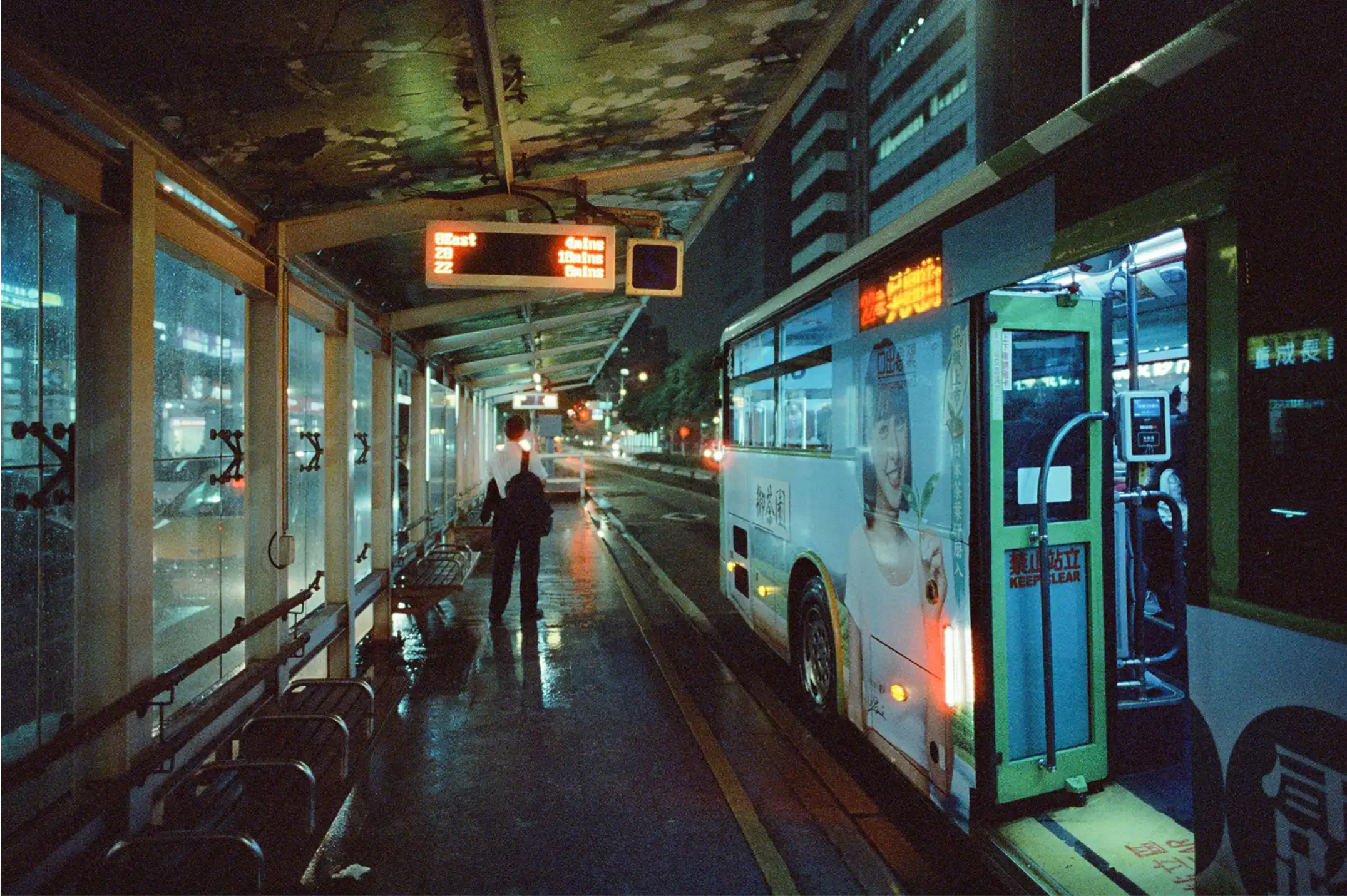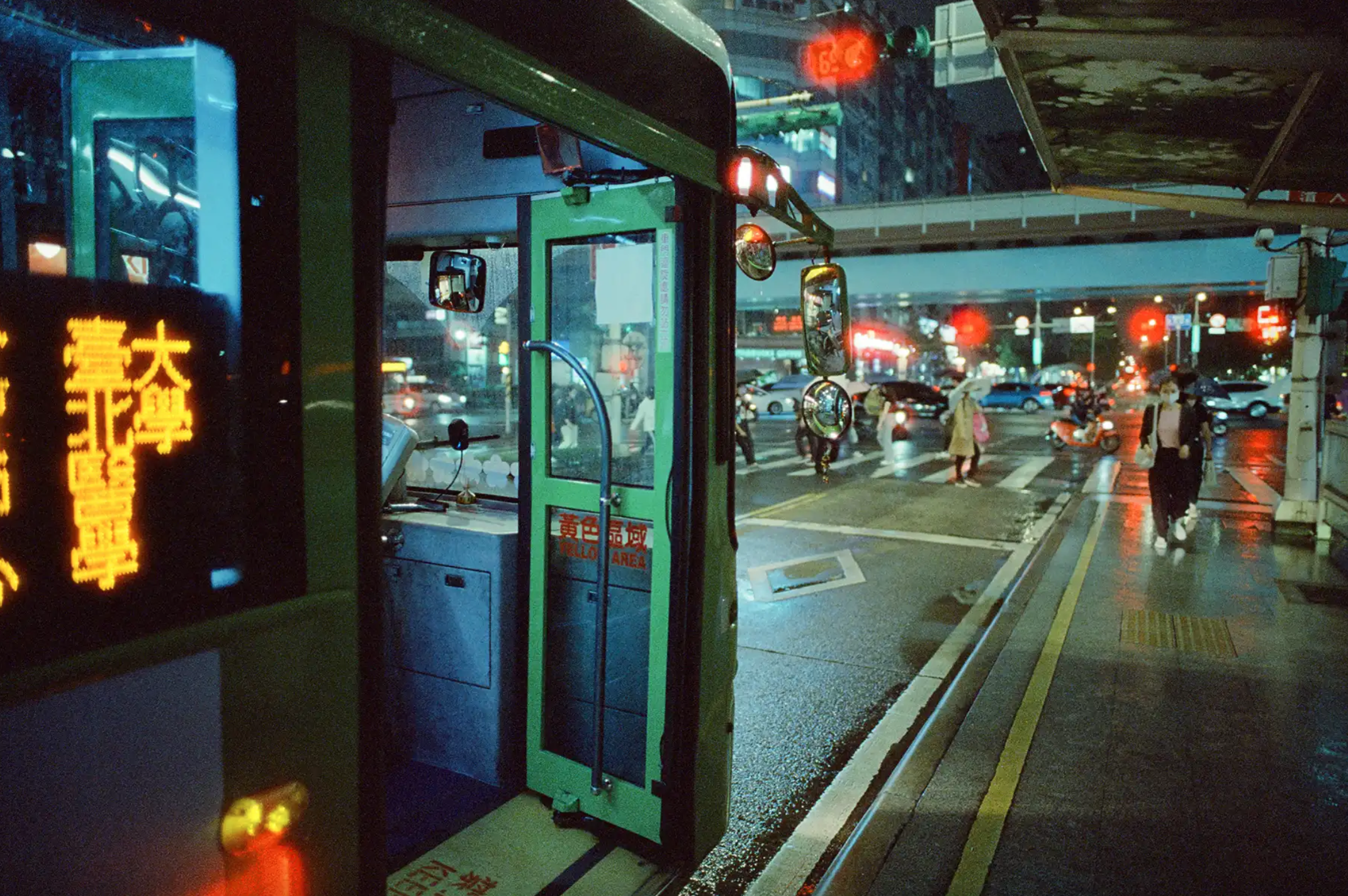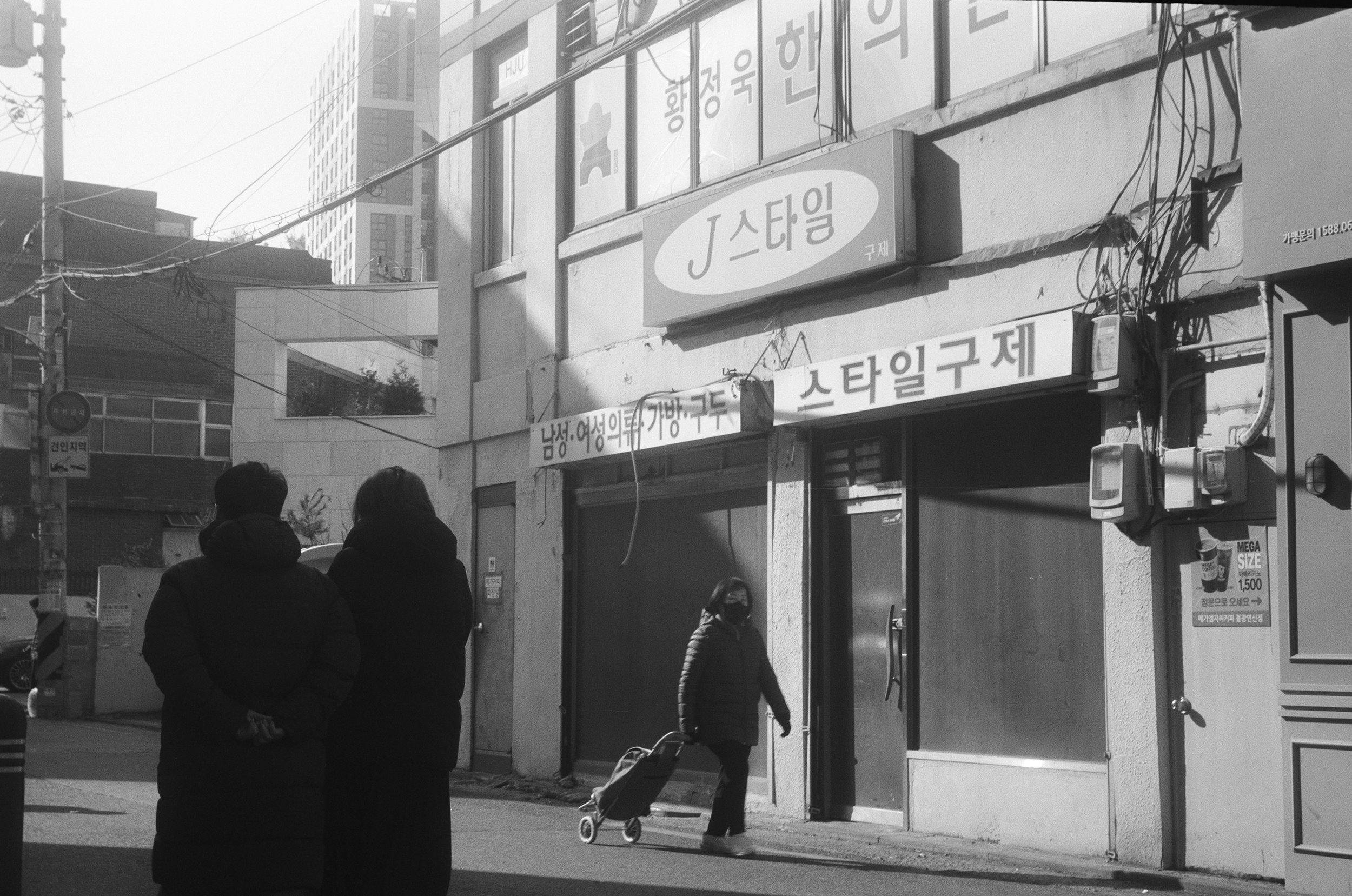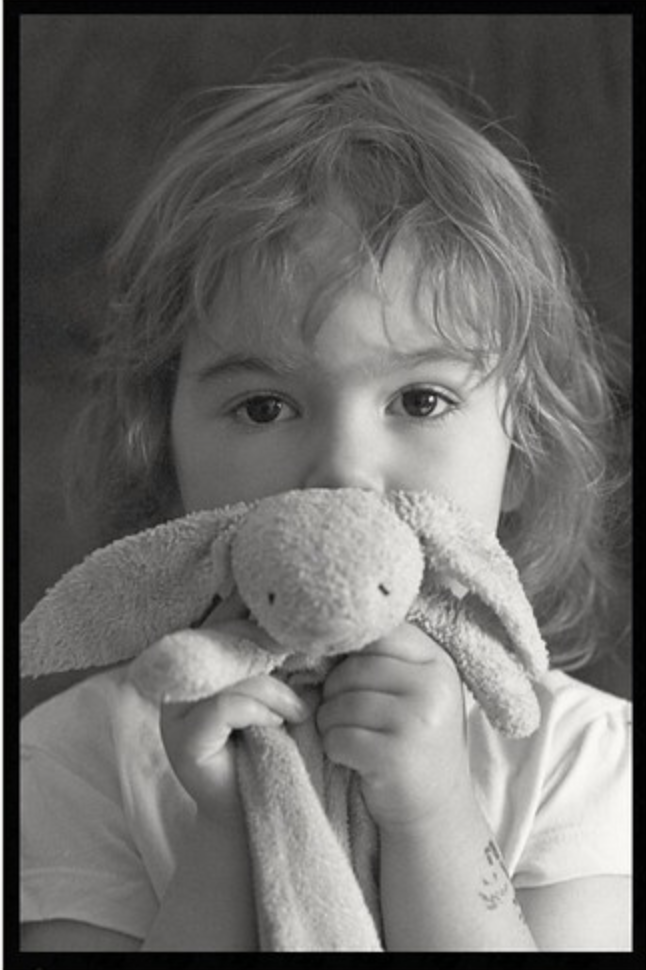Discover the Perfect 35mm Lens: Mastering Focal Lengths for Your Film Camera
Best 35mm Lens Guide 2024: Find Your Ideal Film Camera Focal Length
If you’re new to film photography, or photography in general you might be wondering what kind of lens is right for you and what focal length you should use. For a quick breakdown, the focal length of a lens is the distance between the lens and the film plane when the subject is in focus, usually measured in millimeters (mm). It determines the lens's angle of view—how much of the scene will be captured—and influences the magnification of the subject.
How Focal Lengths Affect Images
Angle of View: Shorter focal lengths (wide-angle lenses, typically less than 35mm) have a broader angle of view, capturing more of the scene. Longer focal lengths (telephoto lenses, typically greater than 70mm) have a narrower angle of view, capturing a smaller portion of the scene.
Magnification: Longer focal lengths make distant subjects appear closer, or more magnified, while shorter focal lengths provide a wider perspective.
Depth of Field: The focal length, along with aperture and subject distance, affects the depth of field (DoF). Longer focal lengths can lead to a shallower DoF, making it easier to blur the background and focus on the subject.
Now that we’ve establish a basic understanding of focal length on film lenses and how it is integral to determining your final image, lets go over some common focal lengths so you can choose the one right for your film camera.
Wide-Angle Lenses (24mm to 35mm)
24mm
Pros: The 24mm film lens excels in capturing expansive views without substantial distortion, making it perfect for capturing landscapes, architectural scenes, and more spacious interior shots. Its wide field of view can immerse your viewers in the scene, offering a sense of presence and scale that narrower lenses cannot achieve. Here “magnitude” is the key word. For photographers looking to convey the scale of a larger than life space, whether it be an interior or exterior, the 24mm lens is an indispensable tool.
Cons: While this wide angle film lens can capture vast scenes, it can also exaggerate foreground elements and create a feeling of distance from subjects. This can be challenging in intimate settings or when your primary intention is to really zone in specific subjects. This 35mm lens requires thoughtful composition to avoid unwanted distortion, particularly around the edges of the frame. Think of the 24mm film lens as the best at capturing the entire puzzle, but maybe not the best at reflecting the individuality of the pieces.
Historical Context: The 24mm film lens has a storied history in documentary photography, where its ability to capture context and environment around subjects has been crucial. It has enabled photographers to tell richer, more immersive stories by capturing the setting of events in a way no other film lens could.
35mm
Pros: Known most for its versatility, the 35mm lens offers a balance between a wide-angle perspective and the natural view of the human eye. This "Goldilocks" focal length is neither too wide nor too tight, making it perfect for a variety of photography including street, documentary, and environmental portraits. Its minimal distortion preserves the integrity of subjects, providing a realistic representation that's particularly valued in journalistic and candid photography.
Cons: The primary limitation of the 35mm lens is its potential inadequacy in capturing the grandeur of vast landscapes or the intimate details of close-up subjects. While it's an excellent general lens, you may find yourself needing to switch to a more specialized lens to capture a really wide landscape or get a very specific kind of portrait. This is not to say the 35mm lens can’t accomplish these things, but it takes a bit of practice and scene to use this lens in these specific modes.
Historical Context: The 35mm lens holds a massive place in the history of photography, particularly in the realm of photojournalism and street photography. It’s been hailed for it’s ability to help blend subjects and their environments into compelling narratives. People like Joel Meyerowitz continued its legacy on the streets of New York with their film cameras, making it very hard to argue that this focal length is anything less than perfect when used correctly.
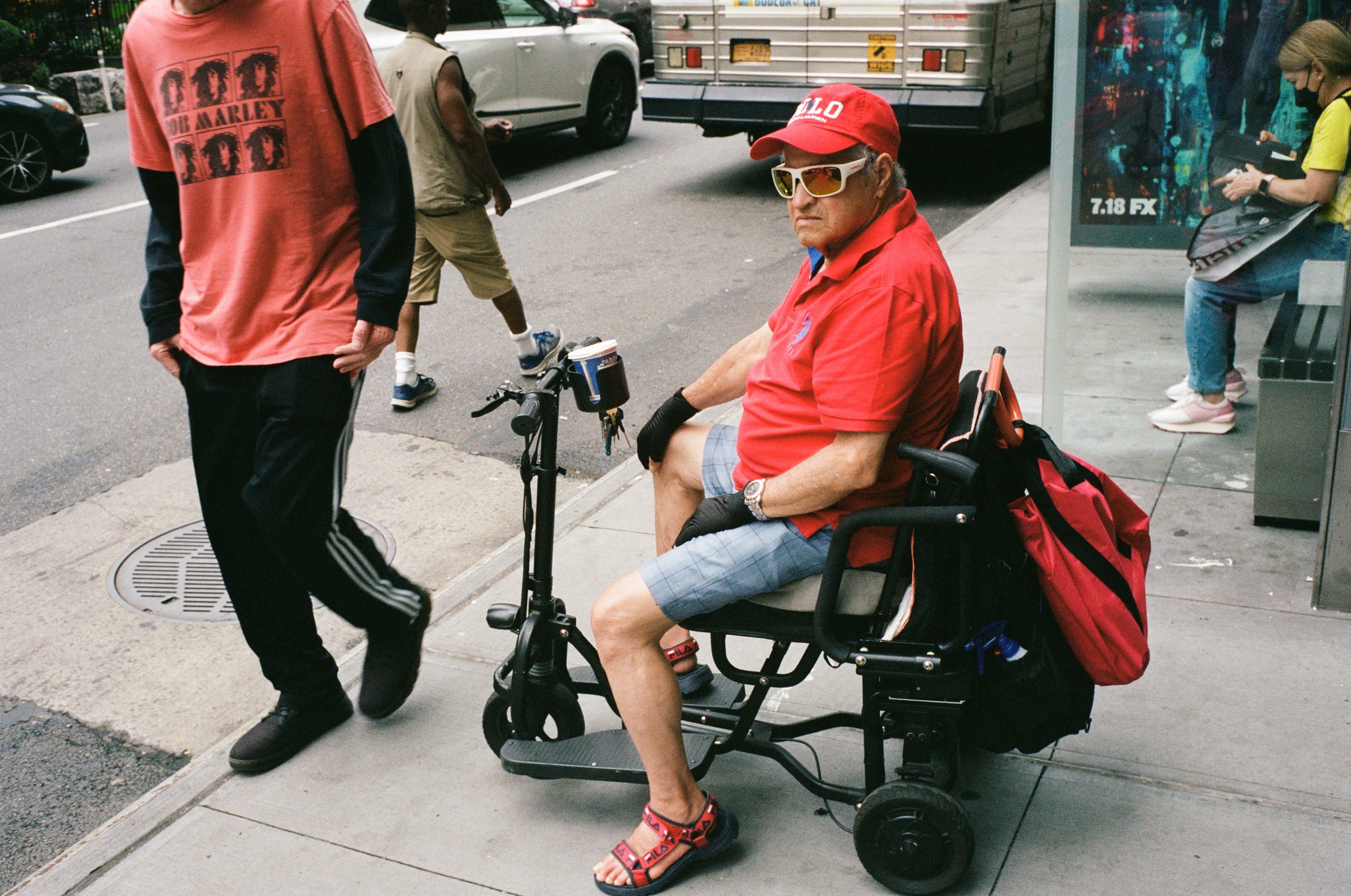

Standard Lenses (50mm)
Pros: The 50mm lens replicates the field of view of the human eye, creating images that feel natural and engaging. This is a really good focal length to begin your photography journey with because typically what you see through the viewfinder of your film camera is what you’ll end up with in the frame. This focal length excels in low-light conditions, having wide apertures. This makes it a favorite for portraits, street photography, and everyday shooting. Its versatility is unmatched, offering a high detail that suits a broad array of subjects and styles.
Cons: Despite its versatility, the 50mm lens can be somewhat restrictive in confined spaces, where its field of view might not capture the entirety of a scene. Likewise, for capturing expansive landscapes where a wider lens might excel. Some would argue that actually a 35mm lens has the “how the eye sees” quality, while being able to capture even more of the scene with less compression to the image.
Historical Context: The 50mm lens has been a cornerstone of photography since the early days of the 35mm film camera. It was the standard lens that came with many SLR and rangefinder cameras, teaching generations of photographers the fundamentals of composition and framing. Its continued popularity underscores its effectiveness as a tool for learning and for professional work. I would recommend starting with this lens if you are brand new to photography.
Short Telephoto Lenses (85mm to 135mm)
85mm
Pros: The 85mm lens is know most for its flattering compression and shallow depth of field, which isolates subjects from their backgrounds and emphasizes detail with noticeable bokeh. This 35mm focal length is ideal for you if you are a portrait photographer who wants to capture the subtleties of expression and personality. It provides enough distance to make subjects comfortable while still maintaining the intimacy of close quarters.
Cons: Its specialized nature means it is not versatile for general photography. As the focal length increases, photos become more and more compressed. This lens would not be the most effective if your main goal was street photography. The requirement for physical distance between photographer and subject (minimum focal distance) can also be limiting in tight spaces or when a more candid, close-up interaction is desired.
Historical Context: In the realm of portrait photography, the 85mm lens has long been revered for its ability to produce images that closely resemble how subjects appear to the naked eye, without the distortion often introduced by wider lenses. Its use has been pivotal in defining the standards of professional portraiture.
105/135mm
Pros: Lenses in the 105mm to 135mm range take the advantages of the 85mm lens further, offering tighter framing and even more pronounced subject isolation. This focal length range is perfect for headshots and detailed portraits, where the emphasis is completely a single subject in the frame. The heavy compression effect of these film lenses adds a dramatic touch to portraits, enhancing the sense of depth and detailed focus on the subject where at small apertures the entire background is out of focus.
Cons: The increased focal length demands more careful handling to avoid film camera shake and may require faster shutter speeds or additional stabilization. It’s important to consider having a tripod for your film camera when using this kind of lens. These film lenses are also generally larger and heavier, making them less convenient for casual or spontaneous shooting. Besides just the weight, these lenses are pretty much exclusively used for portraiture, and often studio portraiture at that. If you’re looking for a versatile and portable lens, this isn’t for you.
Historical Context: The 105mm and 135mm lenses have a rich tradition in portrait and fashion photography, where their ability to compress and isolate subjects has been used to create really striking images. Their use has extended to the film industry as well, where cinematographers employ these focal lengths to focus specifically on characters facial details. This lens can draw out minute details and nuanced emotions that other lenses fail to.
This list serves as a starting point to the world of lenses and focal lengths. You can look into even more telephoto lenses (200mm - 300mm +) if you are interested in things like sports or wildlife photography on film, or things like fisheye lenses that have made a big resurgence in the creative and editorial world in the last couple of years. It’s important to be cognisant of what type of photography you will be most dedicated to before buying a lease to find the best focal length to fit your needs. If you enjoyed this blog and/or have comments and questions about lenses or anything else please leave a comment and share.
Be sure to visit nicefilmclub.com for all your development and scanning needs.

